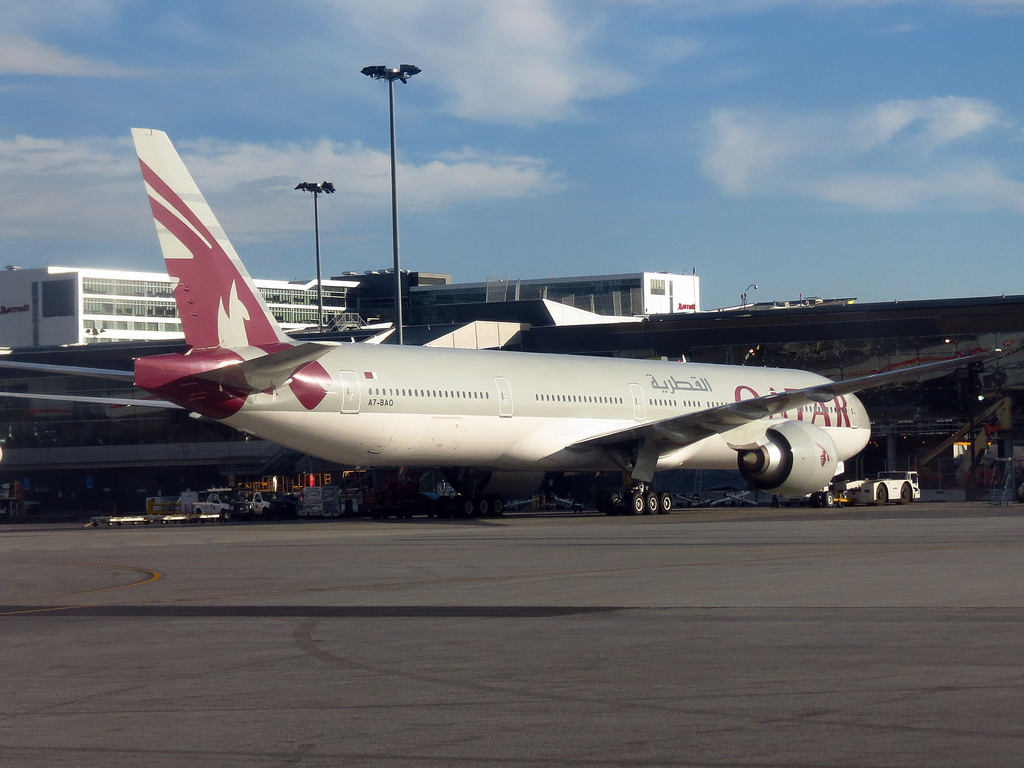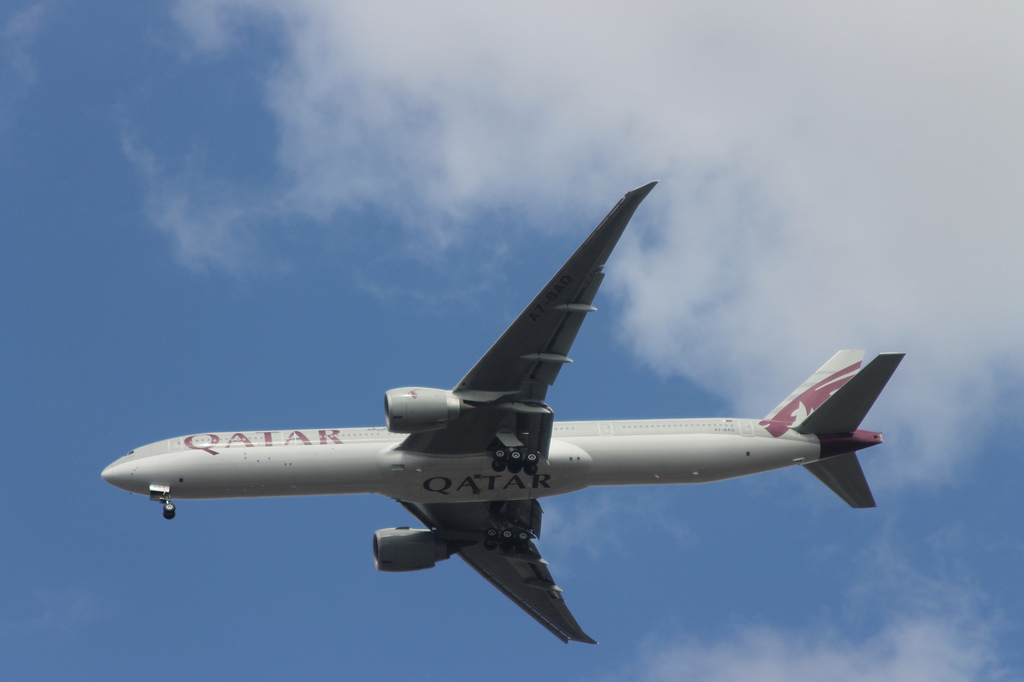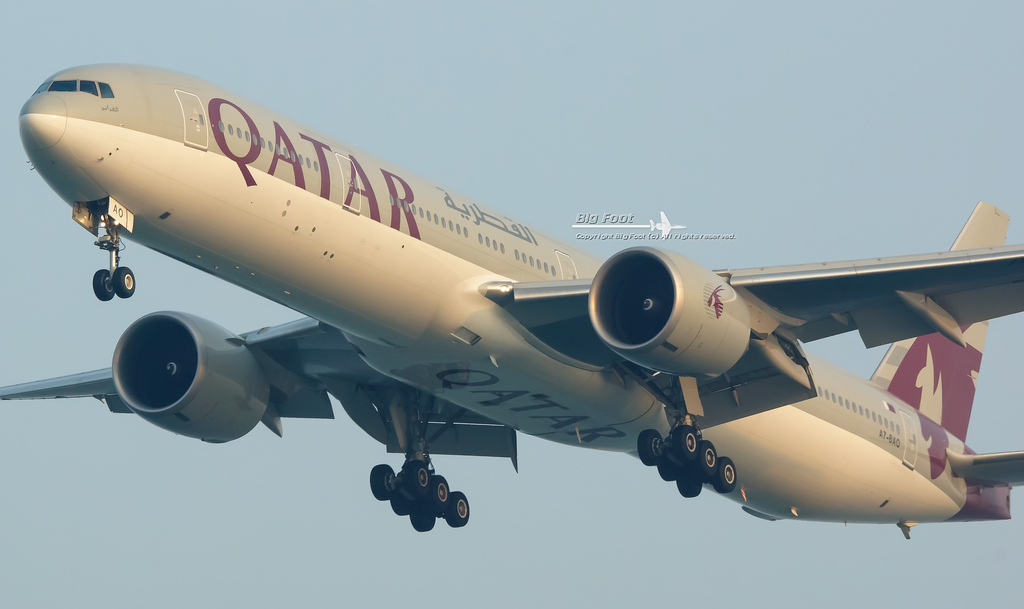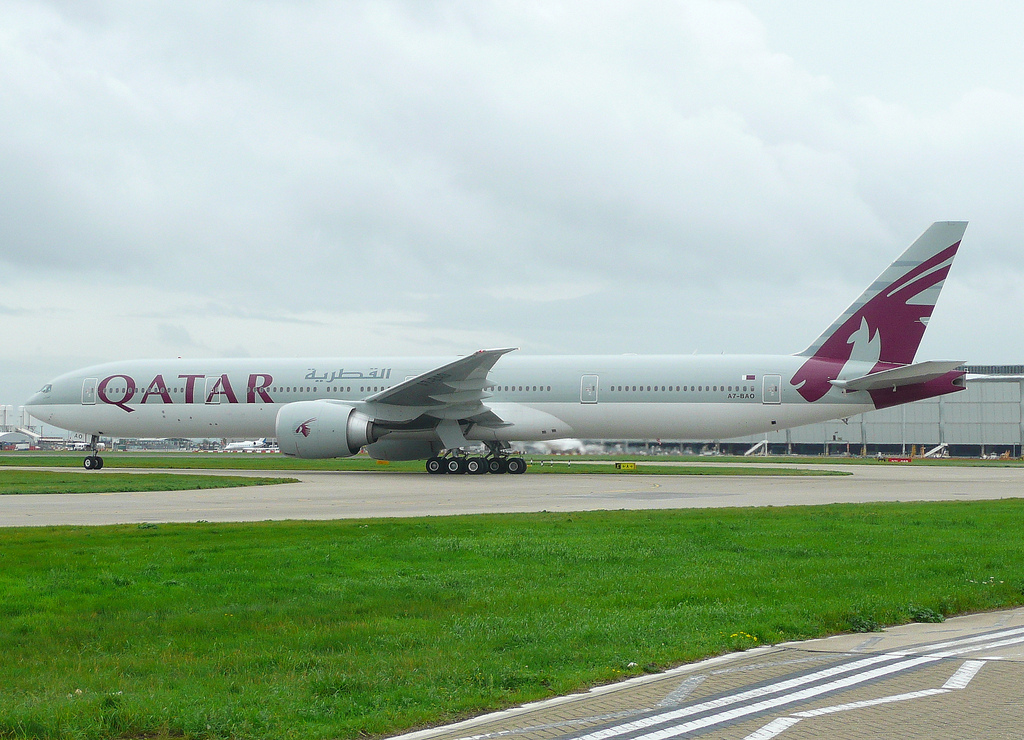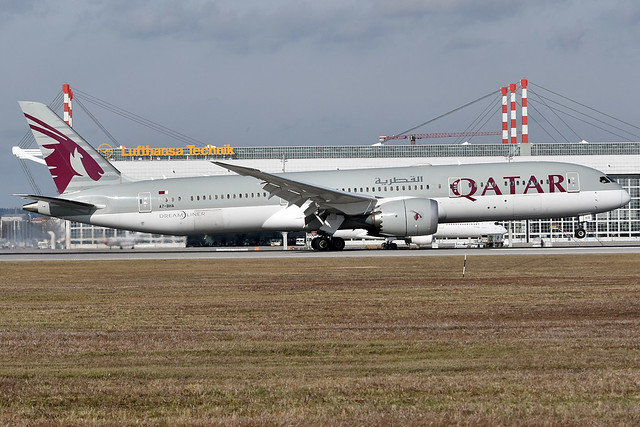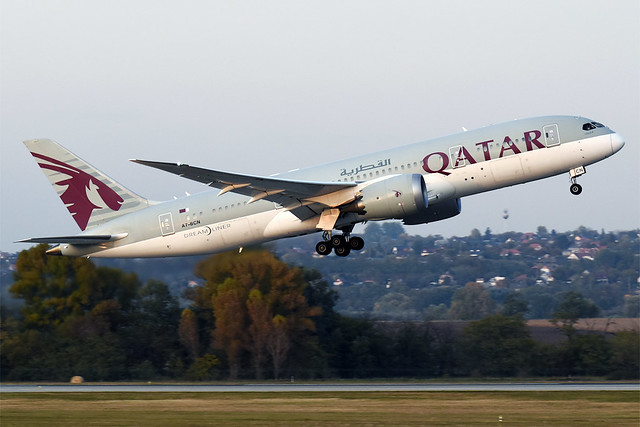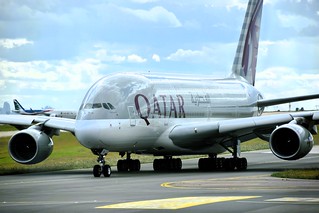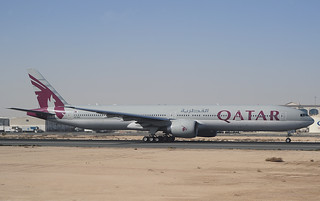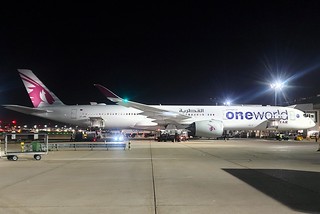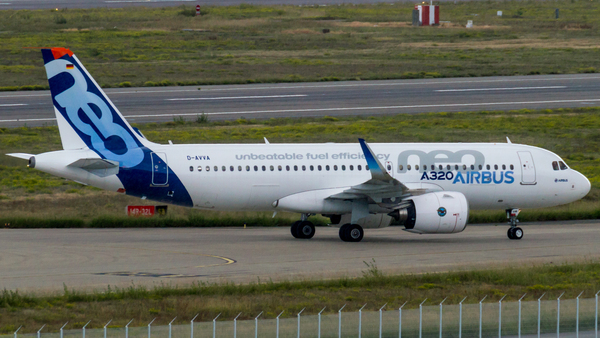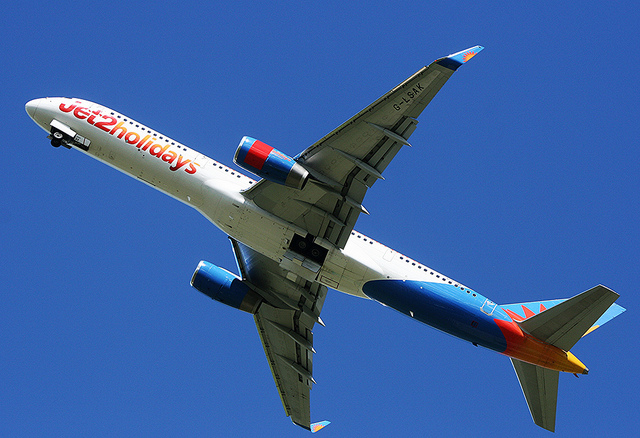Qatar B773 near Zurich on Nov 19th 2016, smoke on the flight deck
Last Update: July 3, 2017 / 21:32:03 GMT/Zulu time
Incident Facts
Date of incident
Nov 19, 2016
Classification
Incident
Airline
Qatar Airways
Flight number
QR-778
Departure
Miami, United States
Destination
Doha, Qatar
Aircraft Registration
A7-BAO
Aircraft Type
Boeing 777-300
ICAO Type Designator
B773
A replacement Boeing 777-300 registration A7-BAG was dispatched from Doha to Zurich, resumed flight QR-778 about 10:20 hours after landing of A7-BAO in Zurich, and is estimated to reached Doha with a total delay of 10 hours.
On Nov 25th 2016 Switzerland's SUST reported the crew declared emergency due to an electrical odour and light smoke on the flight deck and diverted to Zurich. The occurrence was rated a serious incident and is being investigated by the SUST.
On Jul 3rd 2017 the SUST released their final summary report releasing following combined analysis and conclusions:
It can be assumed that the electrical coils in the right cooling fan were burnt and that the resulting electrical smell, accompanied by a slight development of smoke, found its way into the E&E compartment and from there entered the cockpit, where it was detected by the flight crew.
The flight crew immediately linked the status message EQUIP COOLING FAN R with the electrical smell detected, however they continued to look for possible sources of odour in the cockpit. These actions were logical and prudent. The use of oxygen masks and the rapid decision to make a diversion landing in Zurich in response to the uncertain situation were systematic and safety-conscious.
In the meantime, commander B, who was responsible for the flight, had entered the cockpit and assisted the active crew A. Copilot B also joined them. The input of commander B as a communicator – with the cabin crew on the one hand and the aviation company on the other – was appropriate for the situation and created additional leeway for crew A.
However, the fact that commander B also assisted crew A in working through the checklist for fuel dumping must be questioned. The recordings show that there was not enough oversight in the cockpit with regard to fuel dumping. It seems that the active crew A was not sufficiently involved in working through the checklist for fuel dumping. As a result, there was a lack of clear information provided to air traffic control. However, such information is necessary, as air traffic control must take relevant guidelines for fuel dumping into account.
The voice recordings show that the various statements made by air traffic control concerning the technical category status of the ILS unsettled the flight crew with regard to the runway selection and the landing and resulted in unnecessary discussions in the cockpit concerning the prevailing weather conditions. With clear visibility of 9 km below 1000 ft above airport altitude, flight crews are able to take over control of the aircraft at any time during the short final to perform the landing manually. The technical ILS status for an autoland was therefore of minor importance in this present case.
According to the CVR recordings, a relatively long time was spent during the approach discussing the landing climb limits for the landing or a go-around. The decision of commander A to perform an overweight landing using a normal flap position was appropriate for the situation given that the weight at the time was only 6 tonnes over the maximum permissible landing weight and was in compliance with the operating procedures.
Thanks to the rapid decision-making and prudent actions of the flight crew, the passengers and crew were not in serious danger at any time.
Incident Facts
Date of incident
Nov 19, 2016
Classification
Incident
Airline
Qatar Airways
Flight number
QR-778
Departure
Miami, United States
Destination
Doha, Qatar
Aircraft Registration
A7-BAO
Aircraft Type
Boeing 777-300
ICAO Type Designator
B773
This article is published under license from Avherald.com. © of text by Avherald.com.
Article source
You can read 2 more free articles without a subscription.
Subscribe now and continue reading without any limits!
Read unlimited articles and receive our daily update briefing. Gain better insights into what is happening in commercial aviation safety.
Send tip
Support AeroInside by sending a small tip amount.
Related articles
Qatar B789 at Dusseldorf on Apr 19th 2024, autopilot problems
A Qatar Airways Boeing 787-9, registration A7-BHA performing flight QR-86 from Dusseldorf (Germany) to Doha (Qatar), was climbing out of Dusseldorf's…
Qatar B788 and Ethiopian A359 over Somalia on Feb 24th 2024, TCAS saves the day after conflicting ATC instructions
A Qatar Airways Boeing 787-8, registration A7-BCN performing flight QR-1383 from Doha (Qatar) to Entebbe (Uganda), was enroute at FL380 in…
Qatar A388 at Sydney on Jan 13th 2024, not cleared for the approach
A Qatar Airways Airbus A380-800, registration A7-APD performing flight QR-908 from Doha (Qatar) to Sydney,NS (Australia), was on final approach to…
Qatar B773 at Melbourne on Sep 11th 2023, flaps problem on departure
A Qatar Airways Boeing 777-300, registration A7-BAI performing flight QR-989 from Melbourne,VI (Australia) to Doha (Qatar), was climbing out of…
Qatar A35K near Seoul on Jul 12th 2023, engine shut down in flight
A Qatar Airways Airbus A350-1000, registration A7-ANE performing flight QR-806 from Doha (Qatar) to Tokyo Narita (Japan), was enroute at FL330 about…
Newest articles
FlyNAS A20N at Riyadh on Apr 28th 2024, runway excursion on landing
A FlyNAS Airbus A320-200N, registration HZ-NS45 performing flight XY-224 from Doha (Qatar) to Riyadh (Saudi Arabia), landed on Riyadh's runway 15L at…
Jet2 B752 enroute on Apr 27th 2024, door problem
A Jet2.com Boeing 757-200, registration G-LSAK performing flight LS-891 from Manchester,EN (UK) to Arrecife,CI (Spain), was enroute at FL340 about…
Subscribe today
Are you researching aviation incidents? Get access to AeroInside Insights, unlimited read access and receive the daily newsletter.
Pick your plan and subscribePartner

A new way to document and demonstrate airworthiness compliance and aircraft value. Find out more.

ELITE Simulation Solutions is a leading global provider of Flight Simulation Training Devices, IFR training software as well as flight controls and related services. Find out more.

Your regulation partner, specialists in aviation safety and compliance; providing training, auditing, and consultancy services. Find out more.
AeroInside Blog
Popular aircraft
Airbus A320Boeing 737-800
Boeing 737-800 MAX
Popular airlines
American AirlinesUnited
Delta
Air Canada
Lufthansa
British Airways
